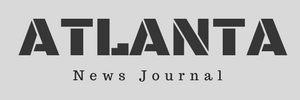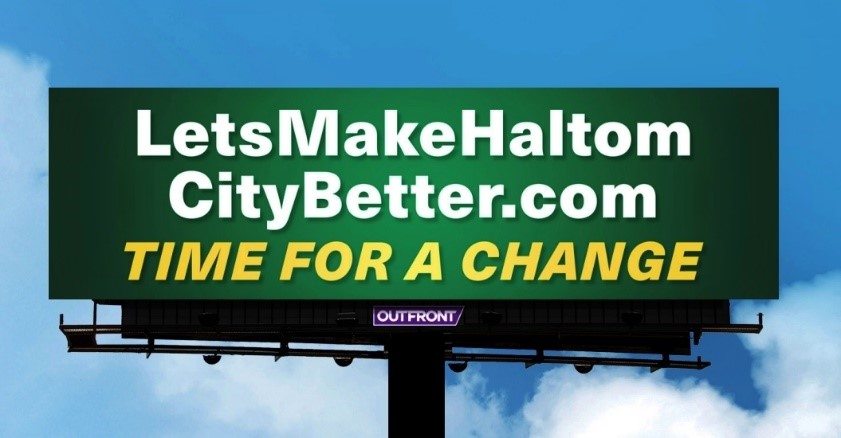Towns as diverse as Hartford, CT and Norman, OK have spurred redevelopment by eliminating parking mandates.
HALTOM CITY, TX, December 19, 2023 /24-7PressRelease/ — Hartford Connecticut has the distinction of being the first city to completely eliminate parking minimums. In 2017, the change was made so that potential developers and business owners would be able to invest in the city without spending thousands of dollars creating parking spaces they didn’t need.
A recent article by the non-profit group Strong Towns makes it clear that for Hartford, Removing Parking Minimums Is Just the Start. Apparently, “sitting on a piece of land (like a parking lot) can be immensely profitable” in Hartford and many other cities, according to Strong Towns Editor-in-Chief Daniel Herriges. The article explains the “backwards incentives” created by tax law and talks about “a handful of other factors that must also be addressed, from how property is taxed to what obstacles might exist to incremental or even temporary development on these sites.”
Despite the challenges, the elimination of parking minimums is an important step in any plan to revitalize declining inner-city areas. Simply put, parking mandates discourage investors and entrepreneurs from buying or renovating older buildings that are situated in long-established neighborhoods.
With that in mind, a town in Oklahoma recently discovered the easiest way to remove parking mandates. According to an article entitled The Fastest Way To Remove Parking Mandates: Change One Word, leaders in Norman, Oklahoma also realized that their city was being negatively impacted by excessive parking mandates. Like many other cities across the country that have “large swaths of black pavement,” their parking regulations had resulted in empty parking lots in some areas and an inability to renovate older buildings for new uses in others.
So what did the town of Norman do? According to Councilman Matt Peacock, “We found a way to crack the code a little bit, in which there was not a lot of public pushback. Basically, all we did in the ordinance was change the word ‘required’ to ‘recommended.'” By making this change, developers would be given the right and the responsibility to figure out how much parking their business would need. Said Peacock, if a developer believes that the code requires too much parking and wants to put in less, “that’s on him whether his development fails or not… Parking should be a function of the market, not a function of the building code.”
For the past several years, the Haltom United Business Alliance (HUBA) has been asking the City Council to take a look at this very same issue. HUBA has even said that if the council is not interested in doing city-wide reform, they should at least consider creating overlay districts in the city’s declining south and central areas. The older corridors of NE 28th Street, Belknap, Carson and Denton Highway would be ideal for such a change. Joe Palmer, Director of Communications for HUBA, says “I hear time and again from folks that are told no when trying to open a business, sometimes over as little as a one space deficit.” He goes on to say, “This solution of changing the one word could be implemented at no cost and in only a few council meetings, and applying it to the previously designated areas targeted as being beleaguered and eligible for the TIRZ.”
Frustrated by the lack of interest at the city level, Rudy Rivas recently commented on Facebook, “We need to get rid of those council members. They’re not helpful when it comes to creating revenue and allowing residents to create a new business…. it’s hard to get any developers to come in because of how strict it is to do anything in Haltom City.”
HUBA founder Ron Sturgeon is also frustrated by the City Council’s lack of action. He recently launched the Make Haltom City Thrive Again campaign to call attention to the issues and encourage candidates who will dedicate themselves to revitalizing the city’s declining areas. Information about the group’s goals can be found on their website at makehaltomcitythriveagain.com/Goals.
About Haltom City
Haltom City is a diverse, majority working-class city located between Dallas and Fort Worth in Tarrant County, TX. Haltom City is minutes from both the DFW Airport and Downtown Fort Worth with direct access to major highways including I-820 and SH-121. Due to an outdated and restrictive use matrix that discourages new business and deters growth, several areas of Haltom City have seen a decline in small businesses which provided goods and services and were a significant source of jobs, including the once-thriving automotive industry. However, Haltom City can reverse this trend and should prioritize development of inner-city land and vacant buildings, particularly in the major corridors close to the city’s center. The city is financially healthy with a capable manager and staff who would like to see diverse business development occur and need the support of the City Council to make it happen.
About Make Haltom City Thrive Again
The Make Haltom City Thrive Again is a movement to return prosperity to the older parts of South and Central Haltom City by luring the small businesses that have left over the past decades back to Haltom City. A vibrant business community not only allows for greater employment and choice of goods and services, but also can ease the tax burden on residents. The movement is led by local entrepreneur and business owner Ron Sturgeon. For more on Sturgeon’s ideas and background, check out his book, Keeping the Lights on Downtown in America’s Small Cities and watch the videos on his Facebook page. Ron is also the founder of the Haltom United Business Alliance (HUBA) which represents existing business interests in Haltom City and promotes growth of diverse businesses. HUBA is not a political action committee and does not endorse candidates. If/when Ron endorses candidates, he will do so on his own via the Make Haltom City Thrive Again organization.
About Haltom United Business Alliance
Haltom United Business Alliance (HUBA) wants to give members of Haltom City’s business community an advocate and to keep those businesses informed about issues that affect them. They want to make sure Haltom City is business friendly and nurtures small business growth, including automotive businesses in the industrial districts, and bring more restaurants including breweries and eventually a major grocery store to the city. New businesses and growth in existing businesses will create a stronger tax base which will allow the city to pay its first responders wages that are competitive with surrounding cities while improving Haltom City’s facilities and infrastructure. HUBA believes that the southern and central parts of the city need a revitalization plan, to prevent further degradation in those areas, and wants that to happen before the inner-city experiences increased crime and more blight. As retail and office uses are in decline, it’s more critical than ever to attract new businesses. They believe that such a plan requires a strong relationship and support of the business community. Anyone who owns a business in Haltom City is eligible to join HUBA. Dues are $20 annually or $50 for a lifetime membership, and membership is 100% confidential. To join, contact Joe Palmer at (682) 310-0591 or by email at HUBAgrp@gmail.com. Visit the group’s Facebook at Haltom United Business Alliance.
—
For the original version of this press release, please visit 24-7PressRelease.com here





